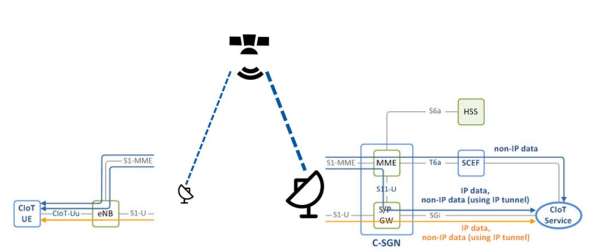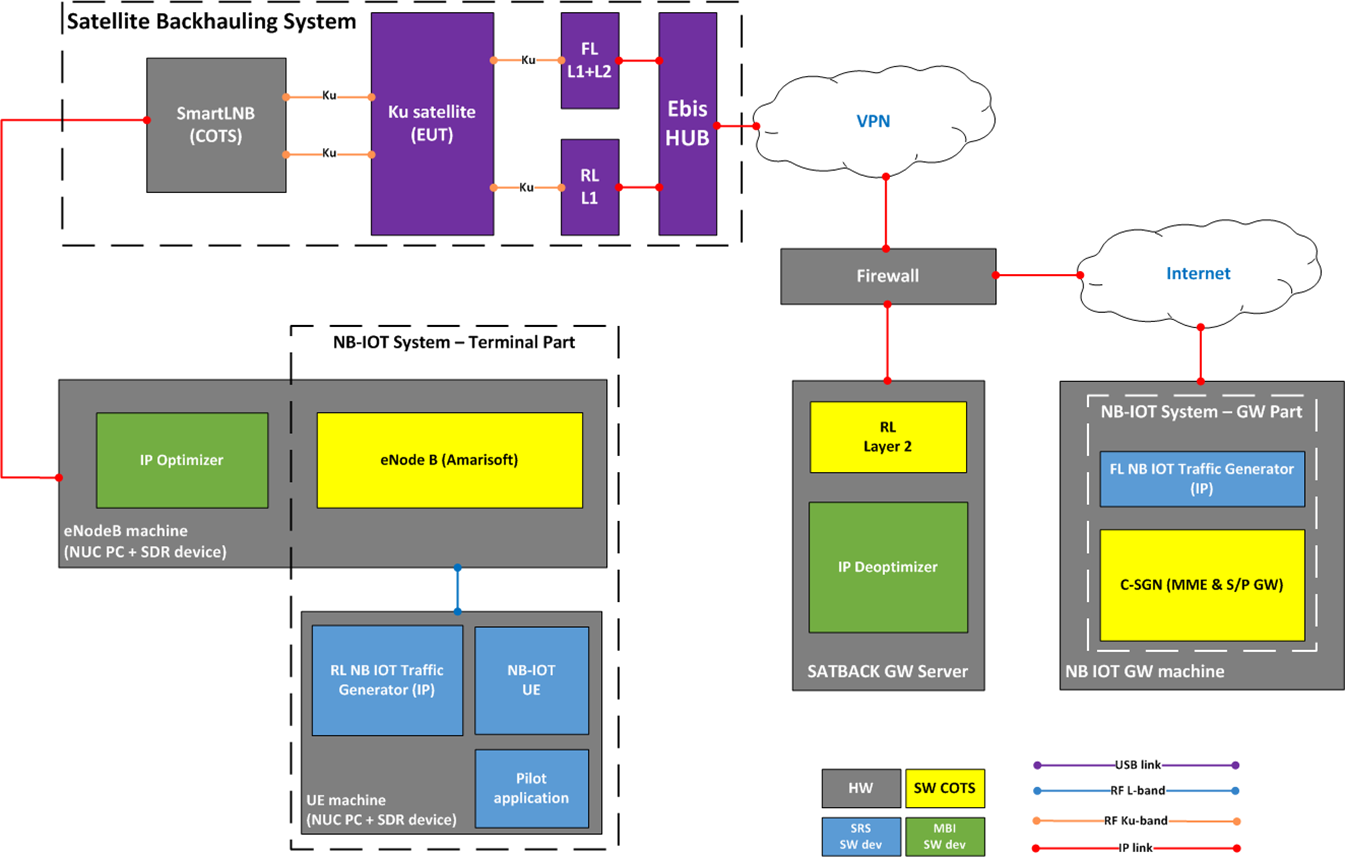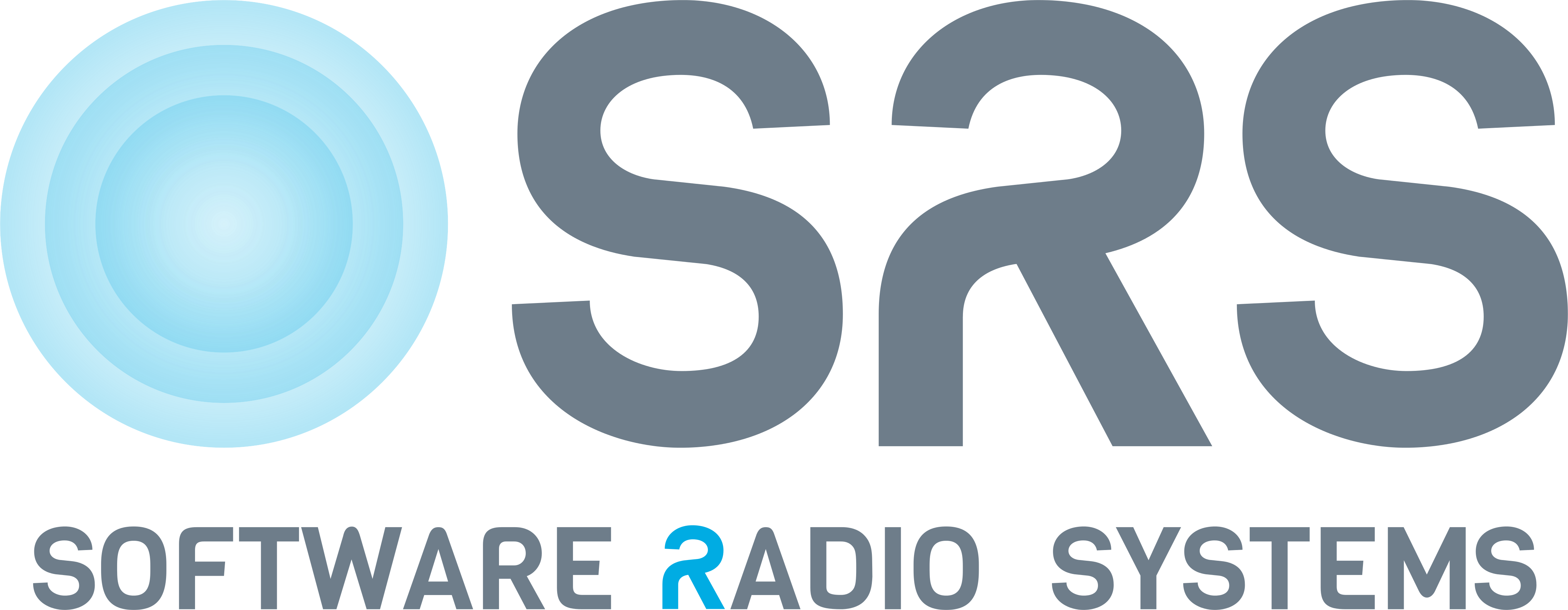
-
StatusCompleted
-
Status date2021-12-02
-
Activity Code6B.041
The IOT SATBACK project aims to design and develop a prototype backhauling solution for future NB-IoT networks.
The project objectives are in reference to the state-of-the-art protocols and solutions. They can be summarized as the following:
- Study report containing an analysis of the main backhauling scenarios for NB-IoT networks.
- Definition of the requirements to allow an efficient integration of terrestrial NB-IoT with satellite backhaul.
- Implementation and test of the prototype satellite backhaul solution and a corresponding testbed
- Demonstration of efficient backhauling of NB-IoT in a representative environment using the developed hardware and software.
The targeted improvement is to enable new satellite communication services for backhauling M2M and Internet-of-Things communications.
The key challenge of the project is being able to design, develop and test in an affordable way the following topics on which the project is focused as a new solution for backhauling NB-IoT networks:
- In a real deployment, the solution shall be able to backhaul >1000 of NB-IoT cells, while one satellite terminal shall be able to backhaul up to 5 NB-IoT cells
- The solution shall be able to backhaul NB-IoT cells using modified low-cost satellite backhaul solutions
- Consider challenging deployment scenarios, among which at least one with the eNodeB is located on a vessel;
- To the extent possible, it shall be possible to integrate specific NB-IoT network functions (e.g. eNB) in the satellite terminal
- Current developments such as implementations for NB-IoT eNB based on SDR platforms (e.g. in LimeNET) shall be
considered
- If integrated with an existing terrestrial NB-IoT core network, the introduction of the satellite backhauling function shall have a minimal impact on the established commissioning, operations, management and billing of a regular NB-IoT network.
The satellite backhauling solution developed within the framework of IOT SATBACK paves the way for the following benefits and achievements:
- High flexibility in terms of required bandwidths and supported data rates;
- Absence of (or minimal) coordination for terminal access to the radio channel;
- Good spectral efficiency also at transport layer;
- Allows for low power and low cost terminals
- Energy management techniques
- Evolution of protocol stack and overhead reduction to increase spectral and energy efficiency, resulting in reduced OPEX
- Reduced deployment cost per GW, in particular when many GWs have to be interfaced, due to a) high and enhanced spectral efficiency; b) No limitation to the number of GWs which can be managed over the RL, apart from overall channel spectral efficiency; c) Compact fully outdoor terminal, installation time reduced and no need to rent indoor spaces
With reference to the state-of-the-art protocols and solutions, the main outcomes which characterize the IOT SATBACK solution are the following:
- Great improvement in system overall capacity, allowing the number of terminals which can be managed to be maximised;
- Reduced antenna size of the VSAT terminal (0.45 cm) and energy consumption (use of compact solar panel)
- Reduced cost of the bandwidth per backhauled GW with respect to current commercial solutions
- Increased flexibility of the air-interface, in particular with the specification of new spreading techniques which allow the use of modulation like QPSK
- Introduction of several MODEs on the L1 RL with different spreading factors and data sizes (specifications)
- Study and design of a constant envelope spreading solution which would enable further cost reductions (possibility to use non-linear amplifiers for demodulation as well as simpler transmitters); (specifications)
- Introduction of GSE on the FL (specifications) and DVB-S2x
- Definition of the guideline for the adaptation of Link Layer (L2) specifications (specifications)
- Study and development of techniques to optimize the transport of the info payload (SW development and testing)
- Definition of the guidelines for the new version of the VSAT terminal able to meet more stringent specifications in terms of form factor, reduced antenna size, reduced energy consumption and possible integration with the eNodeB (NB-IOT GW)
The architecture of the system to be developed in the project can be generally summarized as in the following:

Focusing on the proposed test bed, the main developed blocks are condensed in the following:
Live test bed configuration

- PART#1, WP1000 NB-IoT deployment scenarios supported by satellite backhaul: the objective of the first phase is to establish justified NB-IoT deployment scenarios supported by satellite. This activity provides two main outcomes: a) First, a list of possible deployment scenarios of NB-IOT terrestrial networks where satellite backhauling can be efficiently used; b) Then, the possible value chain(s) and economics in order to define suitable commercial solutions that stakeholders (i.e. satellite operators) can offer to NB-IOT operators.
- PART#2, WP2000 Requirements for an NB-IoT satellite backhaul testbed: the definition of the justified requirements for the possible commercial solutions as well as for the testbed to be developed during the project. Main outcomes of this part are: a) List of requirements for the potential commercial solution as well as the gap analysis w.r.t. COTS available solutions. b) List of requirements for the testbed to be developed in the frame of this project.
- PART#3, WP3000 Design of an NB-IoT satellite backhaul: the third phase covers the reference design of the possible commercial solutions (high level design) as well as of the testbed (detailed design) to be developed. The high level design of the possible commercial solutions is used to draft the possible industrialization roadmap. The envisaged technical innovations with regard to the state-of-art protocols and solutions are studied in order to enhance the currently available E-SSA solutions. Main outcomes of this part cover: a) Detailed design of an NB-IoT satellite backhaul prototype and test bed; b) High-level design of a possible commercial solution and industrialization roadmap
- PART#4, WP4000 Development and test of an NB-IoT satellite backhaul testbed: during the fourth phase development and testing of the testbed are accomplished. The activities of this part cover the following main outcomes: a) HW and SW testbed tested in lab and via satellite; b) Test reports
- PART#5, Demonstration of NB-IoT satellite backhaul and roadmap: during the fifth and last phase a convincing demonstration of NB-IoT satellite backhauling for possible users in near-operational conditions is organized. Finally, a roadmap for future developments in this area is defined. Main outcomes of this part cover: a) Execution of the demonstration; b) Optionally, further tests backhauling a real NB-IOT network (within Europe),
c) Final roadmaps for future developments
The project activities have been finalized with the holding of Final Review meeting.




